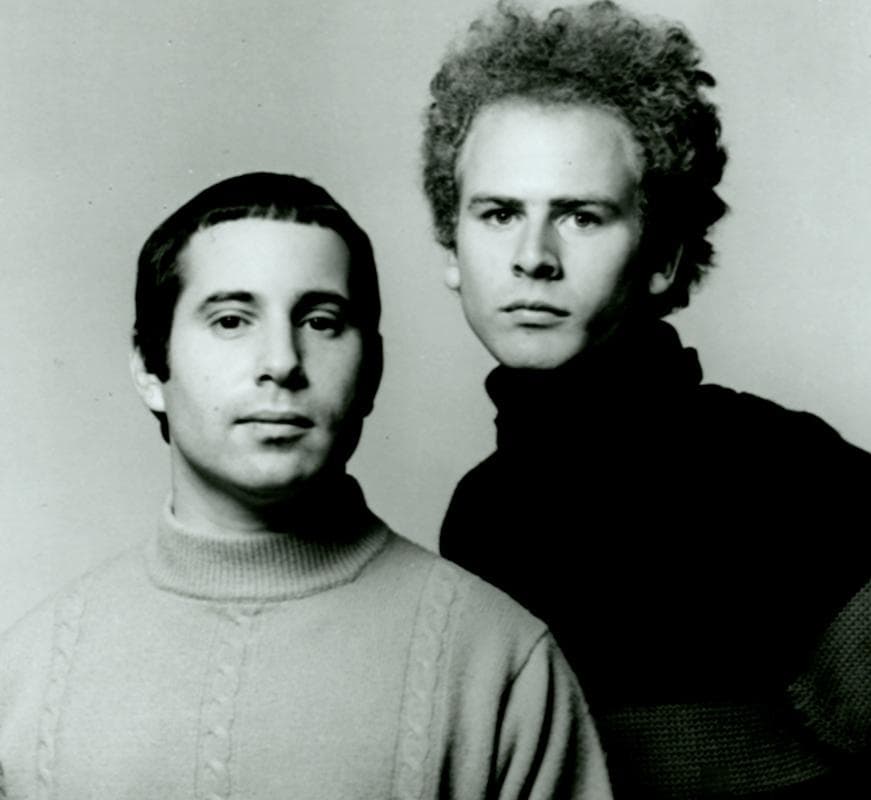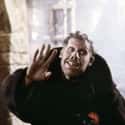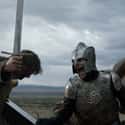-
(#9) Children Never Played And Worked Hard All The Time
Childhood in the Middle Ages was brutal, at least the way modern people think of it. It's well known that education was reserved for only the wealthiest children in society, which meant the average peasant child was put to work. Given that, it's easy to conclude that children's lives were nothing but work, and that they didn't have actual childhoods. It's also assumed that parents treated their children like tiny adults, and that parental love is a modern invention.
It's true that childhood in the Middle Ages was much different from childhood today, and the use of child labor was the norm in medieval Europe. But actual historical evidence shows that medieval children did occasionally get to be kids. Archeologists have discovered numerous medieval toys, like miniature knights, dolls, and cooking pans. Children played all sorts of games, from stick-and-ball sports to board games like chess and backgammon.
And while it's difficult to know for certain what emotions parents felt about their children centuries ago, numerous examples of parental love have survived to the present, like lullabies, poems, and grave inscriptions.
-
(#11) People Were Terrified Of Witchcraft, And Witch Hunts Were Common
The scene from Monty Python and the Holy Grail in which Sir Bedivere puts an accused witch on trial is probably the most responsible for the misconception that medieval Europe was gripped with witch panic. Supposedly, peasants were so ignorant of science and nature that whenever disaster would strike, witchcraft was the only possible explanation. And a single woman, already suspicious, made for a convenient scapegoat. But that would be a more accurate description of the Renaissance and Englightenment-era Europe than the Middle Ages.
For most of the medieval period, specifically 900 to 1400 A.D., the Catholic church actually denied the existence of witches, which meant it rarely prosecuted people for witchcraft. Pope Alexander IV even outlawed witch hunts in 1258. It was only after the Protestant Reformation that persecuting witches became common. In Europe between 1560 and 1630, there were over 80,000 accusations of witchcraft, and 40,000 people were executed.
There are many theories for why witch hunts became more common during this period, but one explanation is that it was a way for the Catholic and Protestant churches to compete for followers. By building up Satan and witches as an enemy, both churches could then claim to be the best protectors against evil.
-
(#12) People Spoke Modern English
Almost every movie set in medieval England depicts every medieval Brit speaking the English language, using the same vocabulary, grammar, and sometimes even the same slang that we use today. It's particularly egregious in movies about people from the present who travel back in time to the Middle Ages. We're not asking for a time travel movie to be 100% factually accurate. We'd just like to point out that if you could travel back to 11th-century England, people would have no way of understanding you - and vice versa.
In medieval England, people used three main languages: Latin, which was used in church, but also was used for secular administration and record-keeping, as well as in everyday life; Anglo-Norman, a French dialect used mainly by the upper classes that originated with the Norman Conquest of 1066; and Middle English.
Understanding a Middle English speaker wouldn't be entirely impossible for a modern person, but the differences in pronunciation, vocabulary, and spelling would make most communication a challenge. To get an idea of how difficult it would be, you can try reading The Canterbury Tales.
-
(#8) Peasants Had Bad Teeth
Modern dentistry didn't start to develop until the 18th century, but it's not as if everyone's teeth were in terrible shape before then. In the Middle Ages, both the peasant and wealthy classes knew the importance of regular dental hygiene. Medieval movies often portray peasants as people with mouths full of rotting teeth, but if anything, it was more likely to be the wealthy who suffered from dental problems. The wealthiest medieval Europeans ate much more sugar in their diets than peasants, and thus had higher rates of tooth decay.
Recent analysis of medieval manuscripts has also shown that dental practices were much more advanced than we might think. The importance of keeping the teeth clean was known, and there were rudimentary procedures for filling cavities, whitening teeth, and fixing fractures. Medieval surgeons also had ways to perform dental surgery, construct dentures made of human teeth or cow bones, and treat oral cancer. Of course, like sugar, most of these dental treatments would have been available only for the wealthiest.
-
(#1) Suits Of Armor Could Be Easily Punctured
In lots of medieval battle scenes, movies and TV shows will often make a suit armor look about as tough as Swiss cheese. In these scenes, like the one above from Game of Thrones, swords or arrows can easily punch through steel plate armor. This might have led you to wonder why knights wore armor if it was so easily penetrated.
But real armor was much more durable than Hollywood makes it look. Swords and arrows didn't effectively punch through high-quality armor, and soldiers sometimes carried smaller daggers that could be used to stab an enemy through the gaps in their armor. The biggest danger to an armored combatant wasn't piercing damage, but bludgeoning damage. Even if a knight was wearing a suit of armor, a heavy blow from a mace or club would still provide enough force to incapacitate them - and make them easier to capture and ransom.
-
(#3) Knights Often Perished In Battle
So many medieval movies and TV shows include battle scenes in which knights, the nobility, or even royals themselves are in mortal danger. Sometimes, two combatants in plate armor square off and bludgeon each other until one of them is done for. Other times, knights might get knocked off their horses and overwhelmed by a mob of foot soldiers, who then hack them apart.
In reality, while medieval warfare was plenty dangerous, a knight was one of the safest things to be. High-ranking combatants like knights and the nobility were usually the wealthiest people in society, which was how they could afford expensive, high-quality armor and weaponry in the first place. A captured knight or noble could be ransomed for a high price, whereas a deceased one was worth nothing. The Middle Ages were when the concept of a "prisoner of war" was first developed; ransoming prisoners became a routine part of warfare. Even if a knight hated their rival's guts, slaying them on the battlefield would have been a costly mistake.
One reason knights adopted heraldric styles for their suits of armor was to advertise their status as wealthy combatants, which would make them easier to identify as someone whose life was worth a lot of money.
New Random Displays Display All By Ranking
About This Tool
Our data comes from Ranker, If you want to participate in the ranking of items displayed on this page, please click here.
















